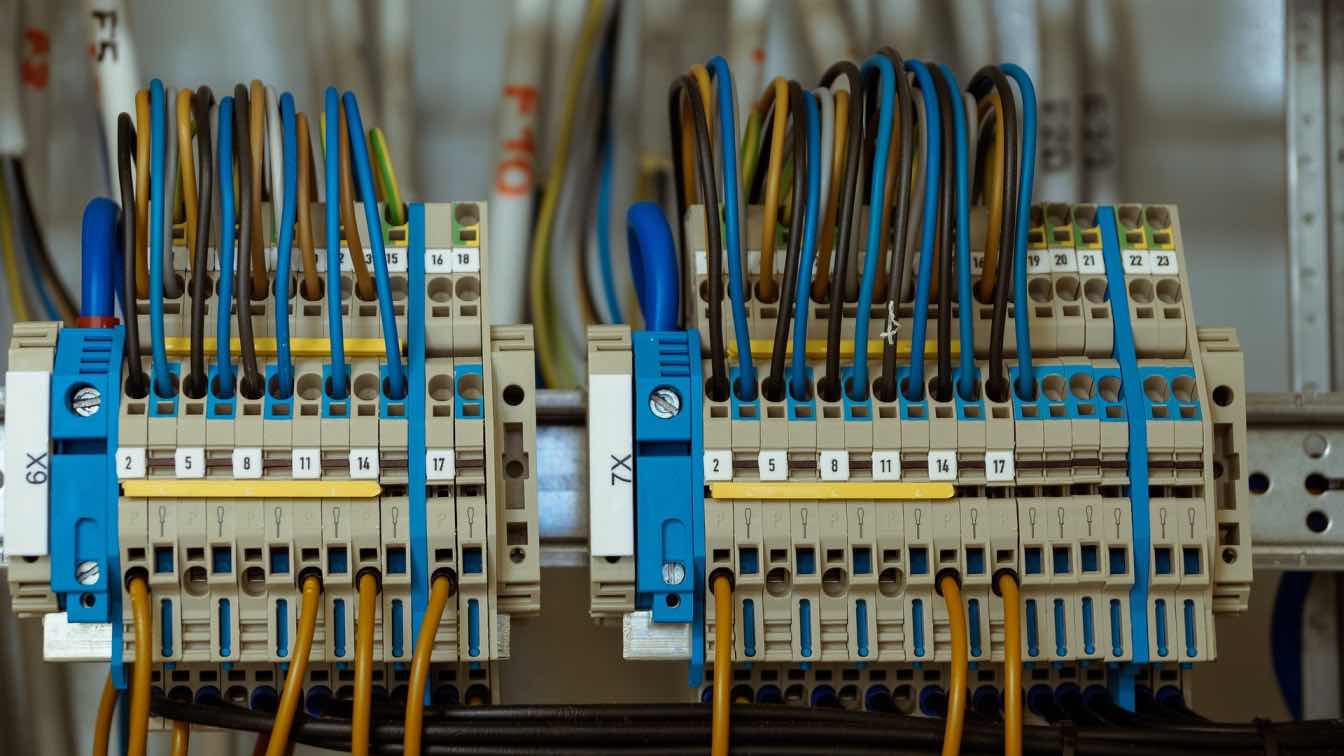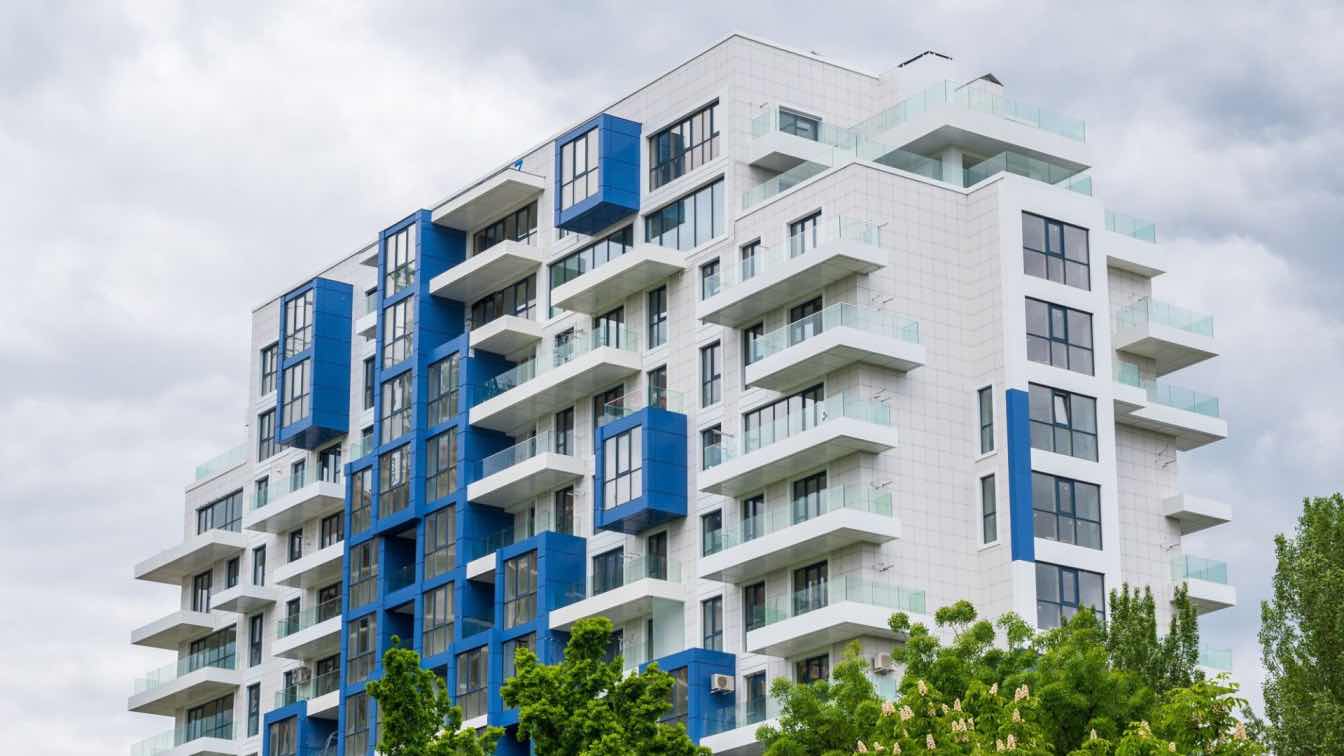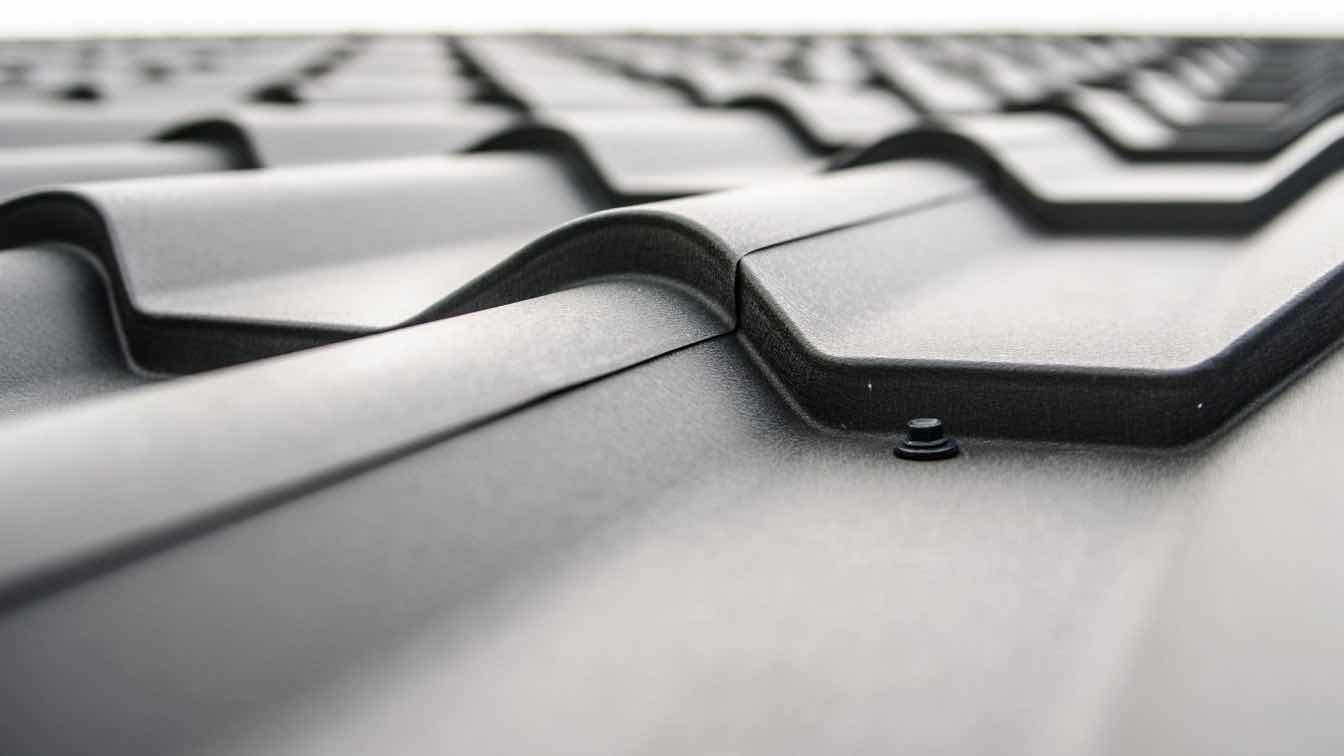Switchboards are essential components of electrical systems, serving as distribution hubs that control and manage the flow of electricity. These critical devices has a crucial role in ensuring electrical systems safe and efficient operation in various settings, from residential buildings to industrial facilities. This comprehensive guide delves into switchboards' functions, components, and importance in electrical systems.
What is a Switchboard?
A switchboard is a panel or panel assembly containing switches, fuses, circuit breakers, and other devices used to control and protect electrical circuits. It is the central point from which electrical power is distributed to various circuits and equipment within a building or facility. Switchboards are typically installed in a dedicated room or enclosure and are designed to withstand the rigors of the electrical environment. Often, advanced switchboard systems can be found in industrial settings, such as manufacturing plants and large commercial buildings, where complex electrical systems require sophisticated control and monitoring capabilities. These advanced switchboards may incorporate advanced features such as programmable logic controllers (PLCs), digital meters, and remote monitoring capabilities to provide greater control and visibility over the electrical system.
Functions of Switchboards
1. Power Distribution: The primary function of a switchboard is to distribute electrical power from the primary power source to various circuits and equipment within a building or facility. It acts as a central hub that routes electricity to different parts of the electrical system based on the demands of the load.
2. Circuit Protection: Switchboards are equipped with fuses, circuit breakers, and other protective devices that help prevent electrical overloads and short circuits. These devices automatically interrupt the flow of electricity when they detect abnormal conditions, protecting the electrical system and equipment from damage.
3. Control and Monitoring: Switchboards provide a means for controlling and monitoring the flow of electricity within an electrical system. They often include switches and meters that allow operators to manually control circuits and monitor voltage, current, and power consumption.
4. Safety: Switchboards are designed with safety in mind, incorporating insulation, grounding, and protective barriers to prevent electrical shocks and fires. They also provide a means for safely isolating circuits for maintenance or repairs.
5. Voltage Regulation: Switchboards sometimes regulate voltage levels within an electrical system. This may involve voltage regulators or transformers to adjust voltage levels, meeting the requirements of specific equipment or circuits.
Components of a Switchboard
1. Main Switch: The main switch connects or disconnects the switchboard from the main power supply. It is typically a large, manually operated switch that isolates the switchboard from the rest of the electrical system.
2. Circuit Breakers: Circuit breakers are automatic switches interrupting the flow of electricity when a short circuit is detected. They are designed to protect circuits and equipment from damage by quickly disconnecting power in case of a fault.
3. Fuses: Fuses are protective devices that contain a metal wire that melts when exposed to excessive current. They are designed to interrupt the flow of electricity in the event of an overload, protecting circuits and equipment from damage.
4. Busbars: Busbars are metal bars or strips that serve as conductors for distributing electricity within the switchboard. They provide a low-resistance path for electricity to flow between components.
5. Meters: Meters measure the electrical system's voltage, current, and power consumption. They provide operators with valuable information about the performance and efficiency of the system.
6. Indicators and Controls: Switchboards may include indicators, such as lights or alarms, to alert operators to abnormal conditions. They may also include controls for manually controlling circuits and equipment, such as switches or buttons.
Advanced Features of Switchboards
1. Programmable Logic Controllers (PLCs): PLCs are computer-based control systems that can be programmed to automate processes within an electrical system. Based on pre-programmed logic, they can be used to control the operation of various devices and equipment connected to the switchboard, such as motors, pumps, and valves.
2. Digital Meters: Digital meters provide more accurate and detailed voltage, current, and power consumption measurements than analog meters. They can provide real-time data on the electrical system's performance, allowing operators to monitor and manage energy usage more effectively.
3. Remote Monitoring: Some advanced switchboards are equipped with remote monitoring capabilities, allowing operators to monitor the status and performance of the electrical system from a remote location. This can be particularly useful for extensive facilities or installations where regular on-site monitoring may not be practical.
4. Energy Management Systems: Switchboards with energy management systems can help optimize energy usage within a facility by monitoring and controlling energy consumption based on demand and other factors. These systems can help reduce energy costs and improve overall efficiency.
5. Safety Features: Advanced switchboards may incorporate additional safety features, such as arc fault detection systems and ground fault protection, to enhance the electrical system's safety and protect against electrical hazards.
Importance of Switchboards in Electrical Systems
Switchboards play a crucial role in ensuring electrical systems safe and efficient operation. They provide a means for distributing power, protecting circuits and equipment, and monitoring the system's performance. Electrical systems would be prone to overload, short circuits, and other potentially hazardous conditions without switchboards. Switchboards also facilitate the isolation of faulty circuits, allowing for targeted repairs and minimizing downtime. Their role in distributing power efficiently helps optimize energy usage and reduce operational costs. Furthermore, switchboards provide a centralized control point, simplifying the management and monitoring of complex electrical systems. The use of power analyzers further enhances the ability to track energy consumption patterns, identify inefficiencies, and implement corrective measures to improve overall system performance. This level of monitoring and control ensures that electrical systems operate reliably, safely, and cost-effectively.
Installation and Maintenance
Proper installation and regular maintenance are essential for ensuring switchboards' reliable and safe operation, especially in industrial settings where they are subjected to high loads and harsh environments. It is necessary to follow manufacturer guidelines and industry standards for installing, inspecting, and maintaining switchboards to ensure compliance with safety regulations and prevent costly downtime due to equipment failure. Regular inspections and preventive maintenance are crucial to identifying and addressing potential issues before they escalate. This can include checking for loose connections, inspecting insulation, and testing protective devices. Additionally, training personnel on proper operating procedures and safety protocols can help minimize risks and ensure the efficient operation of switchboards.
Switchboards are essential components of electrical systems, providing a means for distributing power, protecting circuits and equipment, and ensuring the safe and efficient operation of the system. Understanding switchboards' functions and components is critical to maintaining a reliable and secure electrical system.





